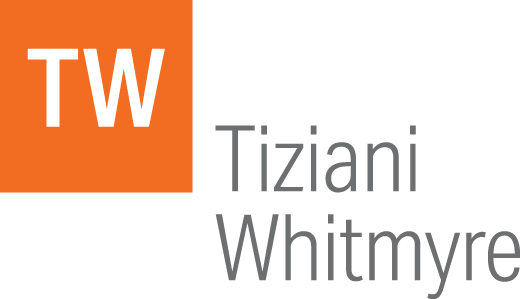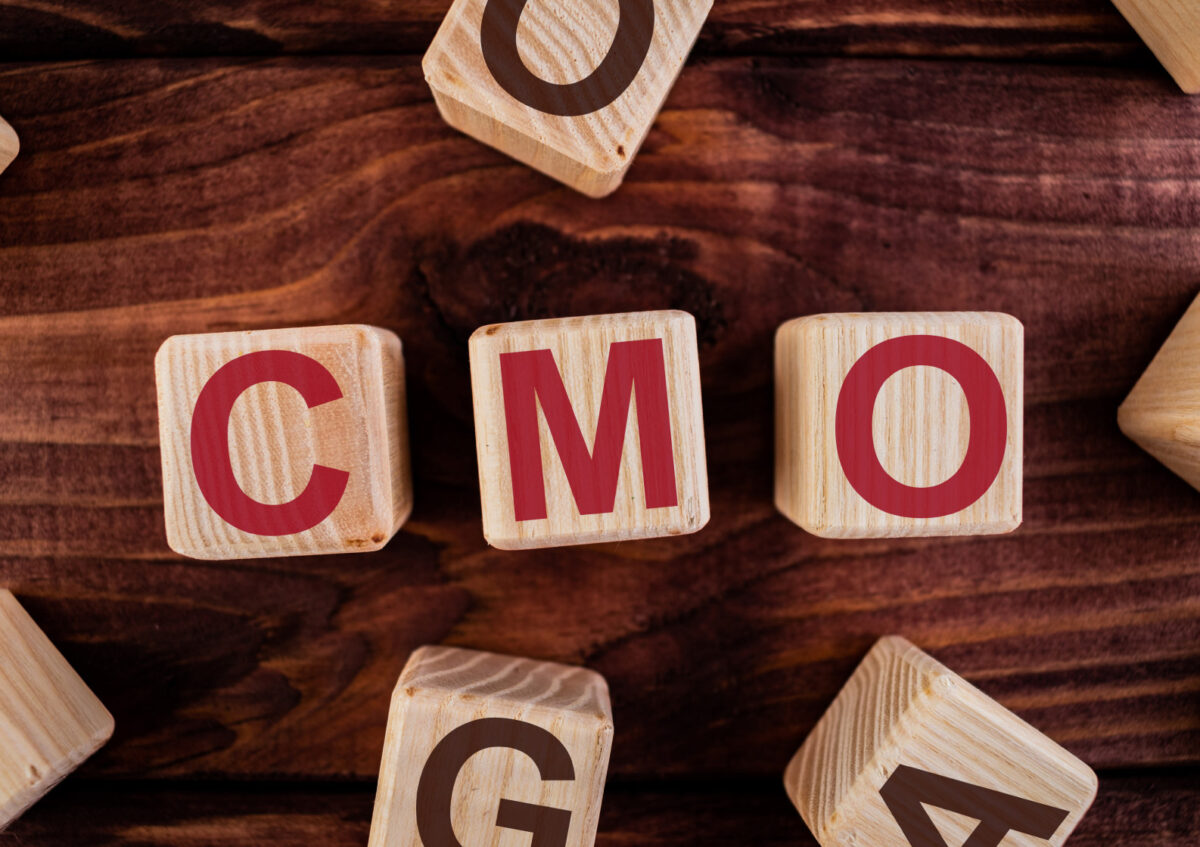2023 CMO Outlook: Reflections on Evolving Roles and Strategies
In 2023, chief marketing officers (CMO) will be squeezed between the challenges of declining post-pandemic markets and the prospects of a looming recession. DemandGen interviewed seven B2B mid-market CMOs about the strategies and trends they foresee in this highly demanding business environment. Tiziani Whitmyre (TW) has summarized their responses to the four key topics explored in the DemandGen article.
The CMO’s Evolving Role
The CMOs agreed their emphasis will continue to shift toward demand generation and growth marketing. The position has evolved to an integrated focus on brand, demand, and customer experience. CMOs are recognized as strategic growth drivers who must understand and respond to market needs. They also will need increasing comfort and expertise with digital technologies that help create a data-driven marketing culture.
Key Lessons Driving Digital Age Strategies
As expected, CMOs have learned their lessons about the need to fuel recurring growth in their companies. 2023 marketing strategies centered on go-to-market transformation, unifying and scaling revenue motion, creating demand in target markets, and delivering a pipeline that drives revenue. Rebuilding brand awareness will take on a new focus in the coming year. Elevating customer experiences and infusing “voice of customer” data also will get heightened attention.
Channels and Tactics Showing Positive Results
With the pandemic in the rear view mirror, virtually all of the CMOs are returning to holding in-person and customer events. Webinars also will be popular for demand generation. Content marketing and thought leadership programs were mentioned as successful tactics that require increased attention.
New Tools and Solutions Shaping Marketing Strategies
CMOs are testing new tools that will accelerate marketing performance. Installing the technology and data platforms needed to support account-based marketing (ABM) strategies was a common theme. Upgrading the data streams that feed these platforms also will be emphasized. Mentioned solutions included using intent signals and data, plus first-party data tracking.
TW’s Take
While B2B and life science marketing leaders have embraced their responsibility for digital demand generation and pipeline management, there continues to be a lack of knowledge about content development, program execution, and technology implementation. In-person customer events and trade shows are again gaining popularity. The question is will event budgets return to pre-pandemic levels? Or will much more measurable and targeted digital campaigns siphon off their funding? TW believes that the coming year will see a higher adoption of ABM strategies, and intent data will be more effectively used for active buyer identification.
For copy of the DemandGen article, email rwhitmyre@tizinc.com.


